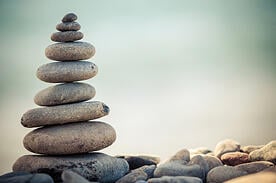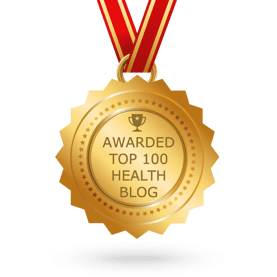Reiki is an ancient healing tradition brought to light in the early 1900s by Mikao Usui of Japan.  The word “Reiki” has deep meanings, which can be summed up most simply by the concept “universal life force.” Everyone benefits from being alive with energy – that is what Reiki is about.
The word “Reiki” has deep meanings, which can be summed up most simply by the concept “universal life force.” Everyone benefits from being alive with energy – that is what Reiki is about.
In Asia, for thousands of years, people have understood that these subtle energies of life exist within us and around us. As a result, spiritual practices were developed long ago to cultivate these life energies within the human body. Such practices include Tai Chi, Qi Gong, and in yoga, pranayama breathing. The words “chi,” “qi,” and “prana” all refer to this same life force energy with which all living things are filled and which permeates all levels of being.
As a practice, Reiki involves the practitioner placing her or his hands on or near the body, and allowing the flow of Reiki energy to come through to fill the person’s body and energy field (aura) with fresh, relaxing, restorative energy. Reiki usually includes aura clearing and chakra balancing as part of the process.
A person receiving Reiki usually gets to relax, lying comfortably on a massage table.
The type of Reiki I practice allows the client to remain fully clothed, and resting on the massage table. A Reiki session begins with a discussion of what the person would like to receive, whether it is reducing anxiety, helping calm irritable bowel syndrome, or focusing on pain relief in a certain area of the body.
Reiki is deeply relaxing, and can assist the whole person with de-stressing and renewing – physically, emotionally, mentally, and spiritually. Reiki may be used as an adjunct to virtually all other medical and dental treatments, in order to facilitate the body’s own healing processes.
Reiki can be administered in person, or through Distance Reiki. In Distance Reiki, a person connects with the practitioner at a designated time, while resting (usually at home, although it could also be in the hospital) in a comfortable position. Distance Reiki is an energy exchange in which the practitioner “sends,” and the client “receives” the healing, life force energy.
I have effectively used Distance Reiki to help people get out of the hospital, lower blood pressure, raise blood pressure enough to have emergency surgery, help a woman with liver cancer return to her singing career, reduce swelling in legs, heal intestinal discomfort from diverticulitis, as well as healing a whole host of emotional and spiritual issues. Reiki never promises a cure; Reiki simply invites a deeper level of healing than may occur without Reiki.
With in-person Reiki, typically clients experience feeling deeply relaxed, less anxious, less stressed, less pain, less worried, more balanced, more self-confident, more energetic, and a general sense of well-being and renewal. Some people receive complete resolution of pain; however, results vary from person-to-person.
Regular Reiki treatments can help a person stay more energetically and emotionally balanced and able to deal with life, while maintaining their best possible health and well-being. Once balance has been achieved, once-a-month Reiki sessions are recommended as a way to maintain optimal health and energy levels.
A combination of both in person and distance Reiki sessions can be optimal for treating chronic conditions.
.png?width=305&height=132&name=NIHAlogoBLUE_3_transparent%20(2).png)
